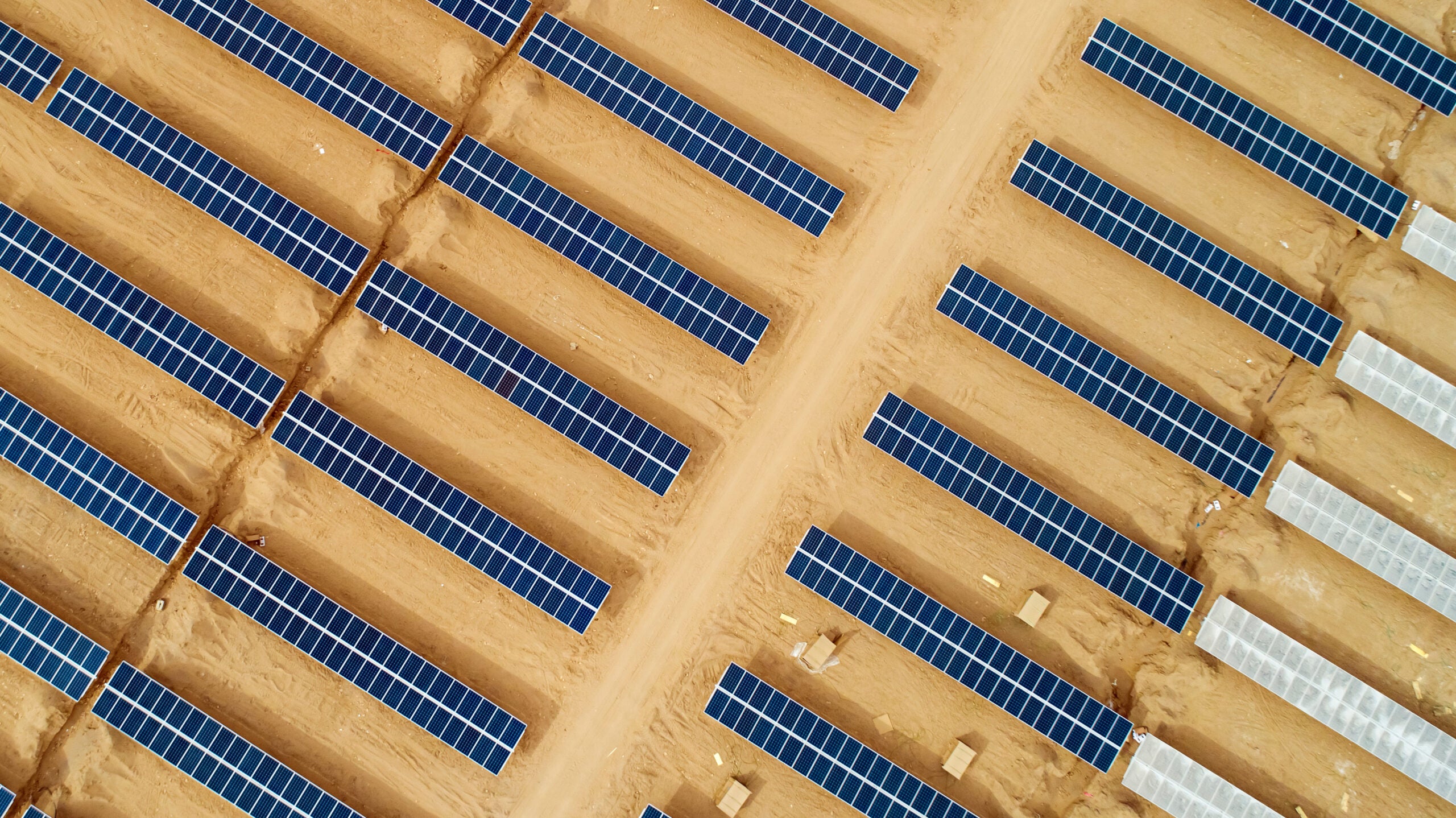
The road to the top of the 2,900m high Baoding Mountain Wind Farm in the Chinese province of Yunnan involves 212 turns, 5.5km of narrow, winding roads and slopes that in some places are as steep as 30 degrees.
In a YouTube video by transport firm Hongkong CIMC International, viewed over 700,000 times, a crack-squad of heroic Chinese drivers spend five painstaking hours navigating trucks carrying 50m long turbine blades through quaint villages to the top of the mountain.
How well do you really know your competitors?
Access the most comprehensive Company Profiles on the market, powered by GlobalData. Save hours of research. Gain competitive edge.

Thank you!
Your download email will arrive shortly
Not ready to buy yet? Download a free sample
We are confident about the unique quality of our Company Profiles. However, we want you to make the most beneficial decision for your business, so we offer a free sample that you can download by submitting the below form
By GlobalDataIt’s a perfect illustration of the challenges – and indeed ingenuity – required to produce wind power in complex terrains. While the wind energy industry has been making steady inroads into mountainous regions as demand grows, according to research by the Global Wind Energy Council just a fifth of total wind power is generated in places like Baoding.
A mountain to climb
In many cases the main challenge is the logistical and financial challenges of operating in far-flung places. says Andreas Rettenmeier, a researcher at the University of Stuttgart in Germany.
“Transportation in mountainous regions can be much more expensive than flat terrain,” he explains. “Sometimes you just don’t have the roads to get there and moving large rotor blades can be very difficult. You need a transmission line too so the grid connection is more expensive”.
Turbulent weather conditions also make mountainous regions a challenging place to work. While some areas do provide high wind speeds, it’s not guaranteed.
“In southern Germany, for example, there is less wind than in the northern part of the country because the mountainous region is so far away from the coast,” says Rettenmeier. “If you think about Chile, Argentina or Spain, though, you do have mountains which are very close to the sea where there are very high wind speeds.”
To help improve the efficiency of turbines and companies working in mountainous regions, Rettenmeier and a team of scientists and partners are building a field-test research site in the Swabian Alps region of southern Germany.
“We want to improve the technology and develop our knowledge about the operation of turbines in complex terrains,” Rettenmeier explains. “We want to be able to reduce the mechanical loading and improve the power output”.
New software will also be developed at the site, the group said in a recent press release. “Another goal of this project is to develop and test a new operating system that will enable plants to respond to changing wind conditions with intelligence and greater precision,” the statement says. “New machine learning methods will also be used to improve forecasts of wind power feed-in and to optimise models for integrating power-to-gas, battery and other storage means into the future energy system.”
The Swabian Alps facility, which includes two wind turbines and four meteorological measurement towers, will be the first of its kind according to Rettenmeier.
“There is another test site in a complex in Spain but it’s commercial turbines that get tested,” he says. “In this case we’ve combined a complex terrain with turbines that scientists and researchers have full access to. That is unique.”
The site was chosen deliberately for its high average annual wind speed and prevailing wind which creates both irregular flows and turbulence.
“There’s escarpment in the landscape which induces an inclination into the flow field which then induces mechanical loading on the turbine,” Rettenmeier explains. “These factors are typical at wind turbine sites in complex mountainous terrains and are perfect for developing and testing new technologies.”
Empowering local communities
While the overall aim of the project is to create cheaper and better turbines in complex areas, Rettenmeier is keen to point out that it’s not just a technical project. Resistance to wind turbines remains a problem for the industry, with local communities wary of the effect they can have on the surrounding area. The WindForS team is aiming to challenge that perception.
“We want to make the turbines less noisy so that people living around the area will increasingly accept their presence,” Rettenmeier says. “Another thing is that we want to know how wind turbines influence the birds and other animals. The idea is to develop technologies that can, for example, avoid a bird flying through the rotor. This is what we will be looking at once we start operating the turbines: how the energy balance between the soil and earth changes and how the birds are other surroundings animals react.”
Compared to other mountainous areas such as Japan and Chile the Swabian Alps are a fairly easy place to work in. But the site – which is under construction with plans to erect the research turbines in 2018 – will still have its share of challenges, Rettenmeier says.
“Obviously it’s a lot more challenging than working in flat terrain,” he says. “Even on our site we will have tough winters with ice and heavy snowfall and expect lots of icing on the turbines.”
Throughout the cold winters Rettenmeier will keep his eye on the prize, however. “We know there are already turbines in complex terrains but we think there are many ways to improve the technology,” he says. “Take the case of cars: for more than 100 years people have been working to improve them. We’re optimistic we can do the same here and bring a better understanding to the world of how these turbines operate.”




